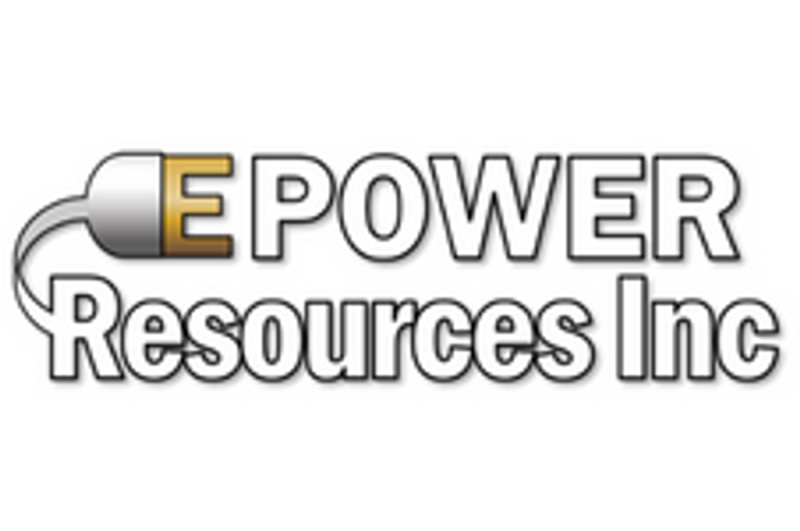
Unleashing the Power of E-Resources!
E-Power Resources: The Emergence and Impact
To set the stage, we must first establish what E-Power resources are. In essence, E-Power resources typically refer to electronic or digital resources aimed at providing power or energy services. They encompass a wide range of technologies, systems, and solutions designed to enhance the efficiency, reliability, and sustainability of power generation, distribution, and consumption.
With the rapid advancement of technology and the increasing demand for energy in today’s world, E-Power resources have emerged as a game-changer in the energy sector. They have created a revolution in how we generate, distribute, and use energy, making a significant impact on a global scale, fostering economic growth, and facilitating environmental conservation.
Firstly, one key type of E-Power resources is renewable power generation technologies. These technologies, such as solar panels and wind turbines, harness renewable energy sources to generate power. They are not only environmentally friendly but also have the potential to reduce dependence on fossil fuels, thereby enhancing energy security. Indeed, a recent example of this is in Denmark, where wind power contributed to over 47% of the country’s electricity consumption in 2019, demonstrating the immense potential of E-Power resources in renewable energy generation.
E-Power resources also play a significant role in smart grid technology. Smart grids use digital communication technology to detect and react to local changes in energy usage, ensuring reliable power distribution. They help in optimizing the efficiency of electricity distribution, minimizing energy wastage, and enabling real-time monitoring and control. An example can be seen in Chattanooga, Tennessee, where the implementation of smart grids has reportedly decreased power outages drastically.
Additionally, E-Power resources are integral to the development of energy storage solutions. Energy storage plays a crucial role in balancing power supply and demand, making renewable energy more usable and grid systems more reliable. Battery technologies, such as lithium-ion batteries, and other storage technologies like pumped-storage hydroelectricity, both examples of E-Power resources, have dramatically improved our ability to store energy.
Electric vehicles (EVs), yet another category of E-Power resources, also make a significant contribution to reducing carbon emissions. They are powered by electricity, most of which is generated from renewable energy sources. Thus, they promise a cleaner, safer, and more sustainable future. The rise of Tesla and other EV manufacturers is a testament to the growing impact of E-Power resources in the transportation industry.
In conclusion, E-Power resources are
